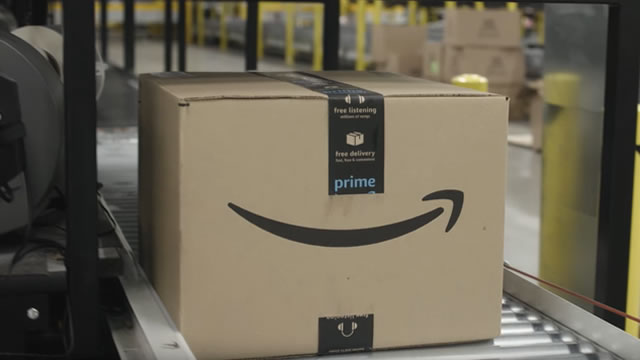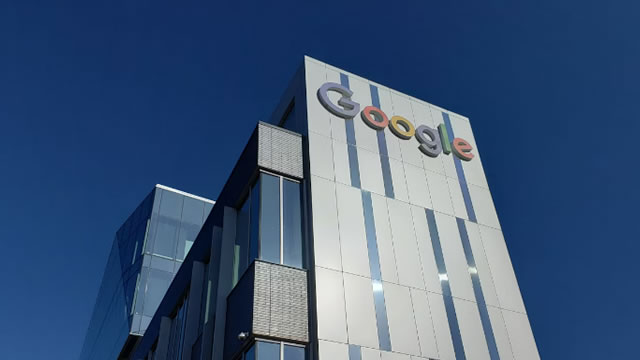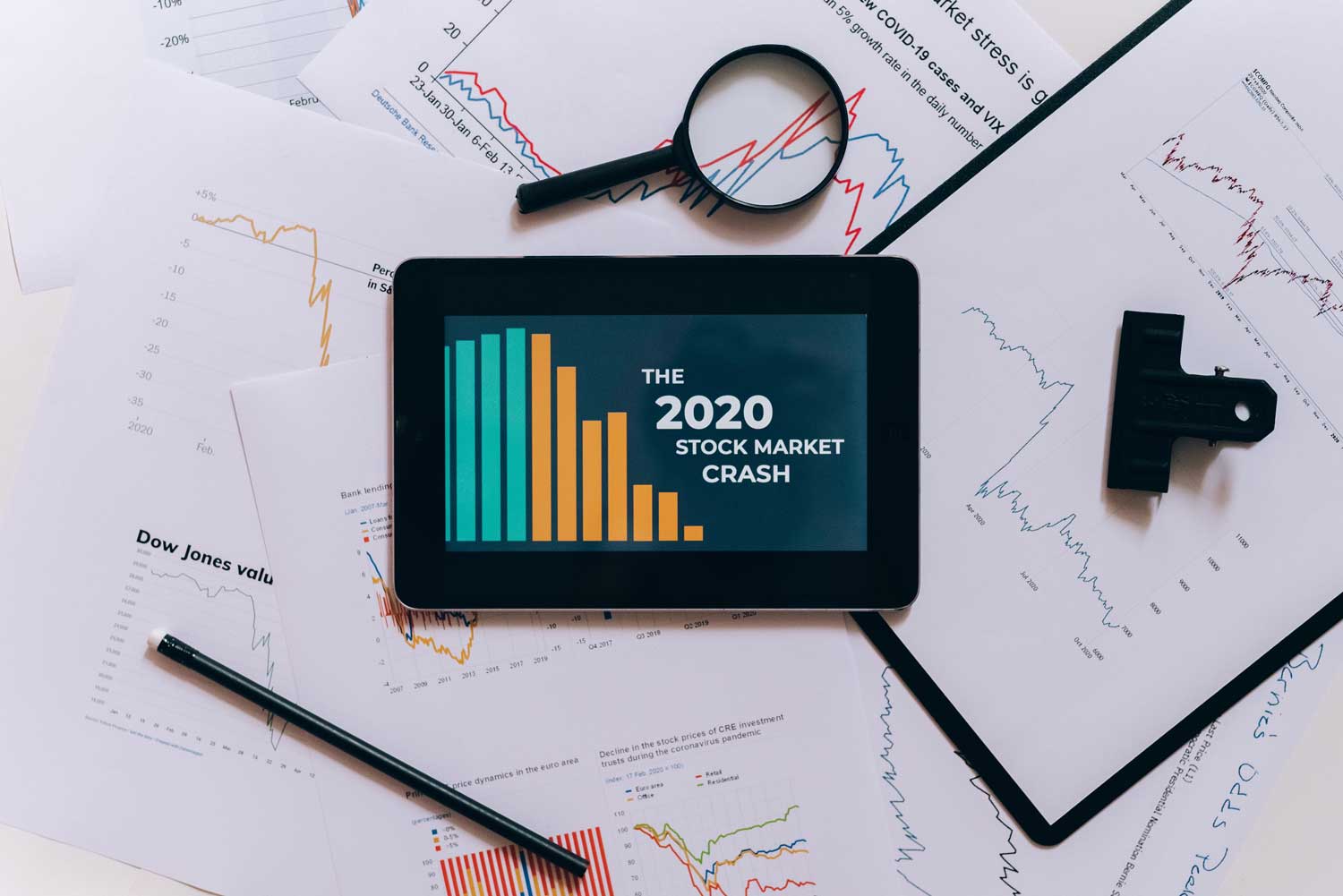2026 a pivotal year for consumer internet and e-commerce, says Wedbush
Wedbush Securities said 2026 is shaping up to be a decisive year for consumer internet companies, marked by a widening gap between winners and losers as investors assess artificial intelligence monetization, autonomous vehicle disruption, and sustained investment cycles across the sector. The firm wrote in a note that 2025 delivered solid performance for the group, with the analysts' coverage universe posting an average return of about 23%, compared with roughly 19% for the Nasdaq Index.
Read MoreLive Nasdaq Composite: Markets Close Curtain on Positive Year
Live Updates Dan Ives' 2026 AI Picks 23 minutes ago Live Popular Wedbush analyst Dan Ives has revealed his top AI stock picks for 2026. These include: Microsoft (Nasdaq: MSFT) Palantir Technologies (Nasdaq: PLTR) Tesla (Nasdaq: TSLA) Apple (Nasdaq: AAPL) CrowdStrike Holdings (Nasdaq: CRWD) Dan Ives is focusing his key theme on the "AI revolution... Live Nasdaq Composite: Markets Close Curtain on Positive Year.
Read More
















